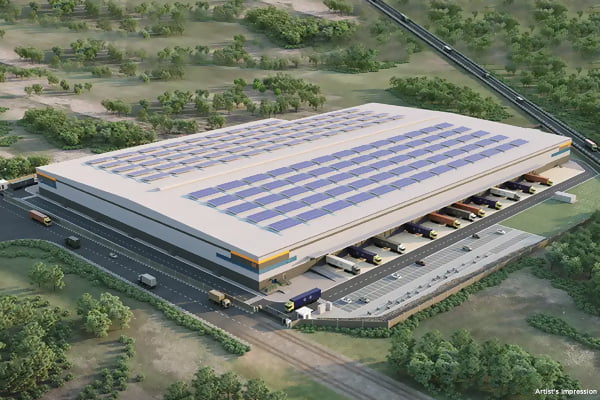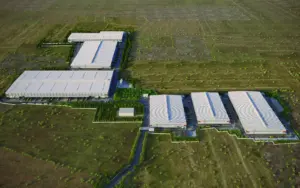A lot of businesses hold the belief that without embracing automation, they risk falling behind their competitors. The advantages of automation, including enhanced speed, reliability, consistency, and cost-effectiveness in manufacturing and distribution processes, are widely acknowledged, irrespective of the nature of the products handled in your warehouse.
The importance of warehouse automation cannot be overstated for the success of your company. It represents a cost-efficient, space-saving solution to the myriad challenges faced by modern warehouses, distributors, and manufacturers. It not only alleviates labour shortages but also ensures the smooth and traceable movement of products and pallets in and out of the warehouse. However, it is important to note that not all automation solutions are universally suitable for every product or business.
In cases where complete automation may not be feasible or optimal, it is crucial to consider the alternative strategy of optimization. Optimization strategies can provide a viable and effective solution where full automation is not possible, allowing for a tailored approach to specific products or operational processes. This flexibility ensures that your Warehousing Storage Solutions is not only efficient but also adaptive to the unique demands of your business.
Table of Contents
ToggleFive Steps to Warehouse Optimization
Here are the 5 steps that we think can help boost the performance output of your warehouses:
Step 1: Utilise Warehouse Software Solutions
Warehouse management software (WMS) is a software program that facilitates the control and management of day-to-day warehouse operations. This software streamlines tasks ranging from inventory intake to correct storage location-allocation and order picking and processing, all from a centralised platform.
Effective warehouse management software provides comprehensive control over warehouse operations, minimising disruptions and enabling efficient execution with minimal human resource requirements, thereby ensuring cost-effectiveness.
Step 2: Implement an Automated Material Handling System
Automation in material handling significantly reduces human errors in material storage, distribution, and order fulfilment. It greatly enhances the tracking of products and materials, improving overall warehouse efficiency by enabling staff to swiftly locate needed items. Automated material handling systems provide real-time updates on delivery schedules and product availability.
An additional advantage is the elimination of the risk of overlooking depleted inventory. The system issues alerts as stock levels approach depletion, enabling timely replenishment and reducing delays in meeting demand.
Step 3: Automate Processes
Automation’s most significant benefit is the liberation of valuable human resources for other critical tasks. Automation can take various forms depending on a company’s size, daily order volume, and system complexity. Even smaller warehouses can benefit from automated inventory tracking systems.
Larger warehouses can deploy automated guided vehicles and automated warehouse racking systems. These solutions reduce physical strain on warehouse workers, increase efficiency and speed, and mitigate the common issue of overstocking.
Step 4: Maintain an Inventory of Warehouse Equipment
Creating a comprehensive inventory of warehouse equipment tailored to your warehouse’s specific conditions and needs is crucial. This inventory informs warehouse personnel about the available equipment for specific tasks once all equipment is installed. Employing the right equipment minimises time and risk to individuals while reducing the potential for product damage.
Step 5: Standardise Processes
Establishing process standards ensures rapid training of new employees while fostering consistency, stability, and predictability within the warehouse. An automated warehouse system can easily standardise operations and enforce adherence to rules. Standardisation also enhances product and service quality and facilitates commitment fulfilment to customers.
7 Big Reasons Why You Should Optimise Your Warehouse
Warehouse optimization yields not only immediate benefits but also a lot of long-term advantages:
- Ability to meet demand with minimal turnaround times.
- Uninterrupted daily operations.
- Optimised production flow.
- Well-planned delivery schedules.
- Safer and more organised warehouse workspace.
- Improved forecasting, leading to efficient space utilisation.
- Enhanced customer retention and efficient customer service
Conclusion
For the new owners of the largest warehouse in India, or for the ones who are in the market looking for a storage warehouse for sale, you ought to realise the potential of the space on offer to the maximum by optimising it following the five steps detailed above.
If you’re looking for a warehouse for rent in Chennai at a prestigious location, such as Red Hills, visit our website at HiranandanI industrial Parks, to get a detailed breakdown of our industry-leading warehousing space.
















